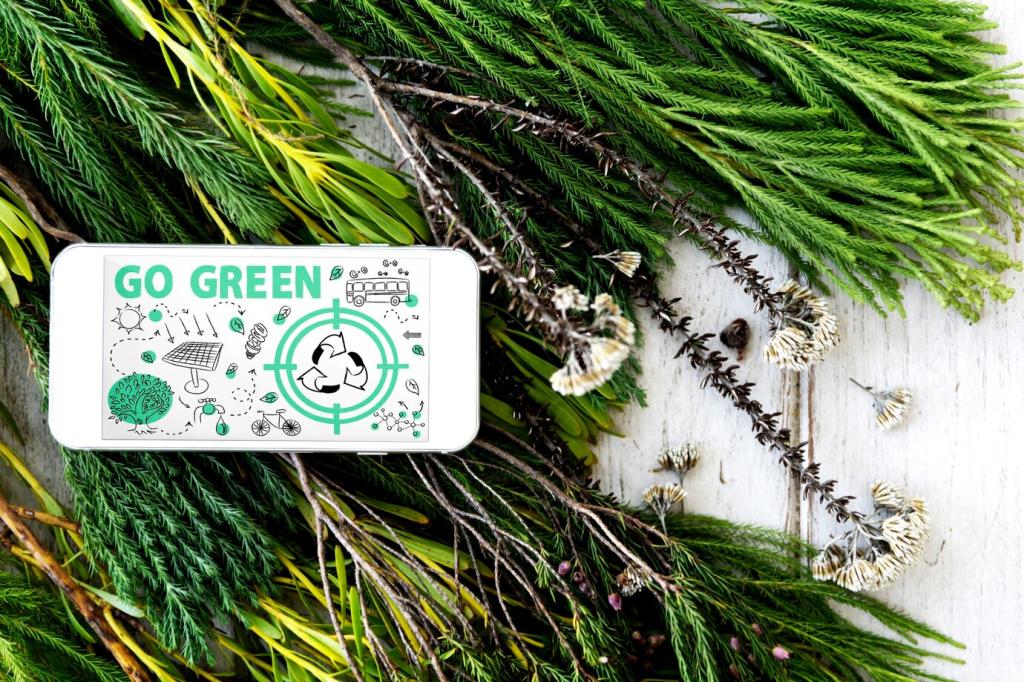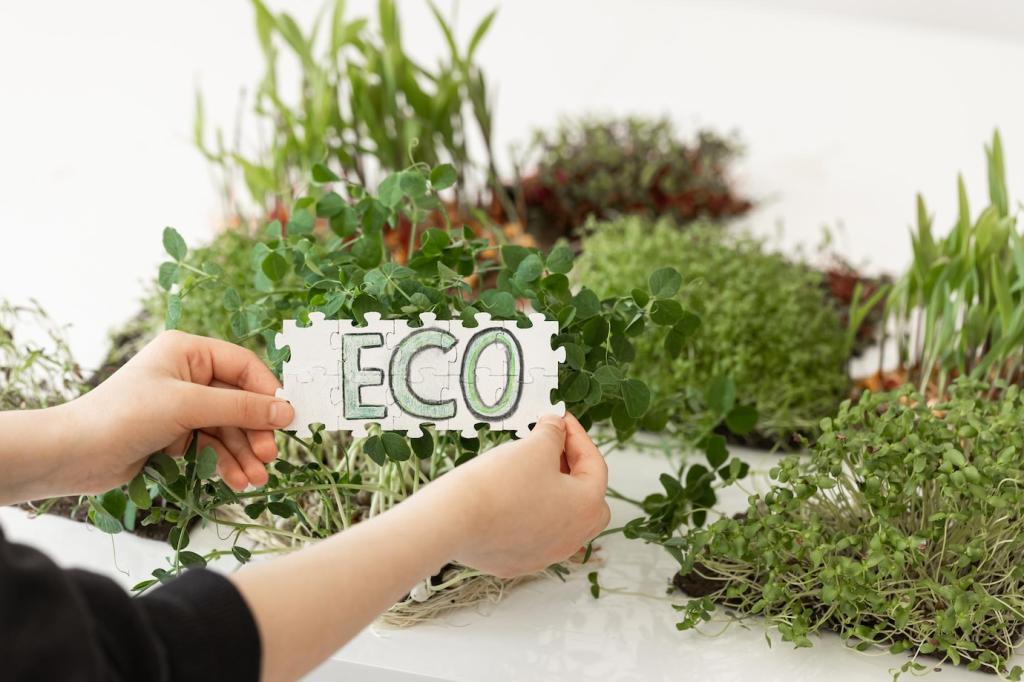Grounding Principles for Sustainable Copy
A green narrative translates a brand’s purpose into everyday value, showing how choices reduce harm and increase good. It avoids vague virtue signals, favors concrete benefits, and centers the reader’s life, decisions, and aspirations, not the brand’s ego or buzzwords.
Grounding Principles for Sustainable Copy
Anchor claims in specific facts, time-bound goals, and plain language. Reference recognized guidance like the FTC Green Guides, the CMA Green Claims Code, or ISO 14021 when appropriate. Replace broad labels with precise metrics, and invite scrutiny by linking to sources, methodologies, and progress updates.
Grounding Principles for Sustainable Copy
People act when they feel seen, not scolded. Use empathetic language, celebrate small wins, and frame change as a collective journey. Replace guilt with empowerment, focusing on practical steps that feel doable today and add up over time. Ask readers to share their next small action.







